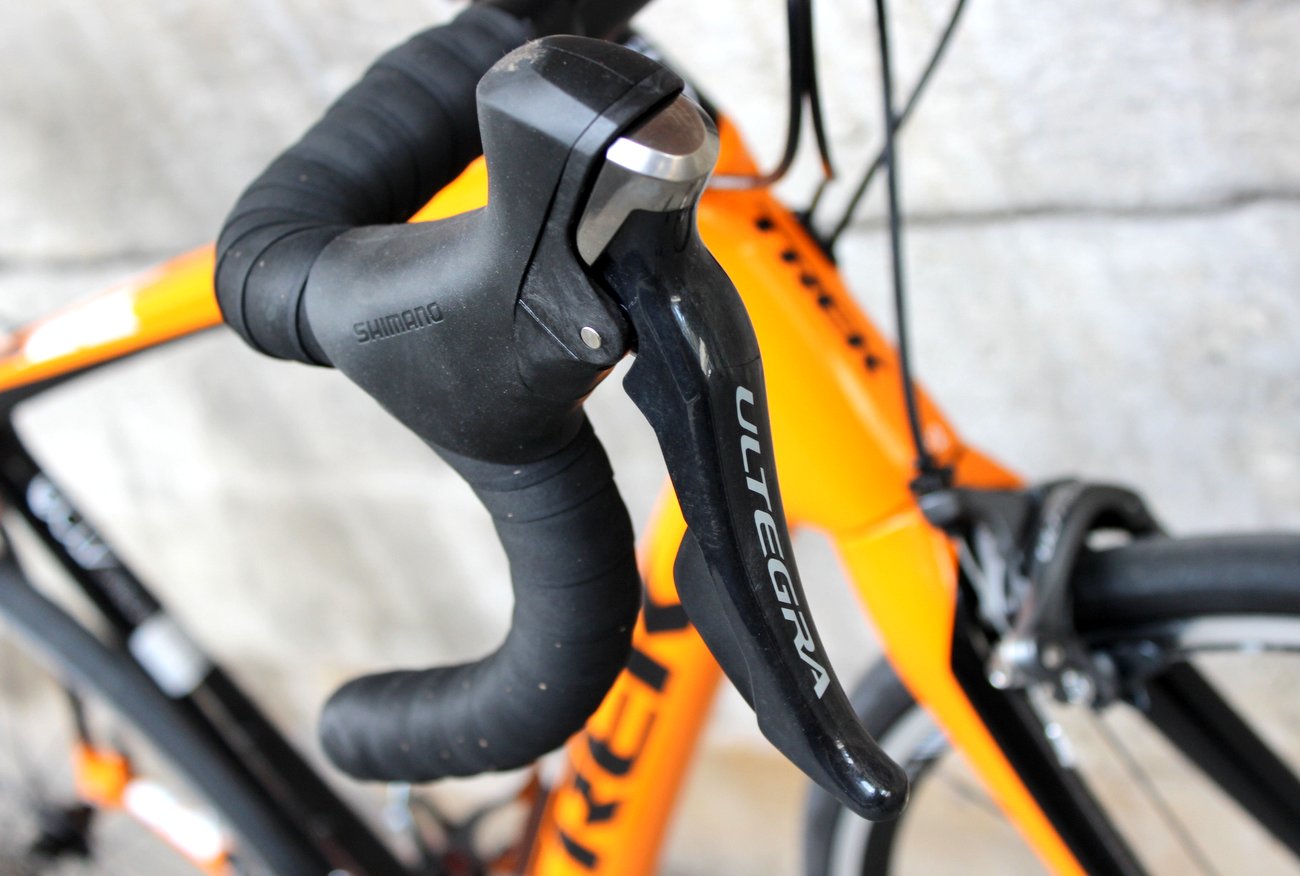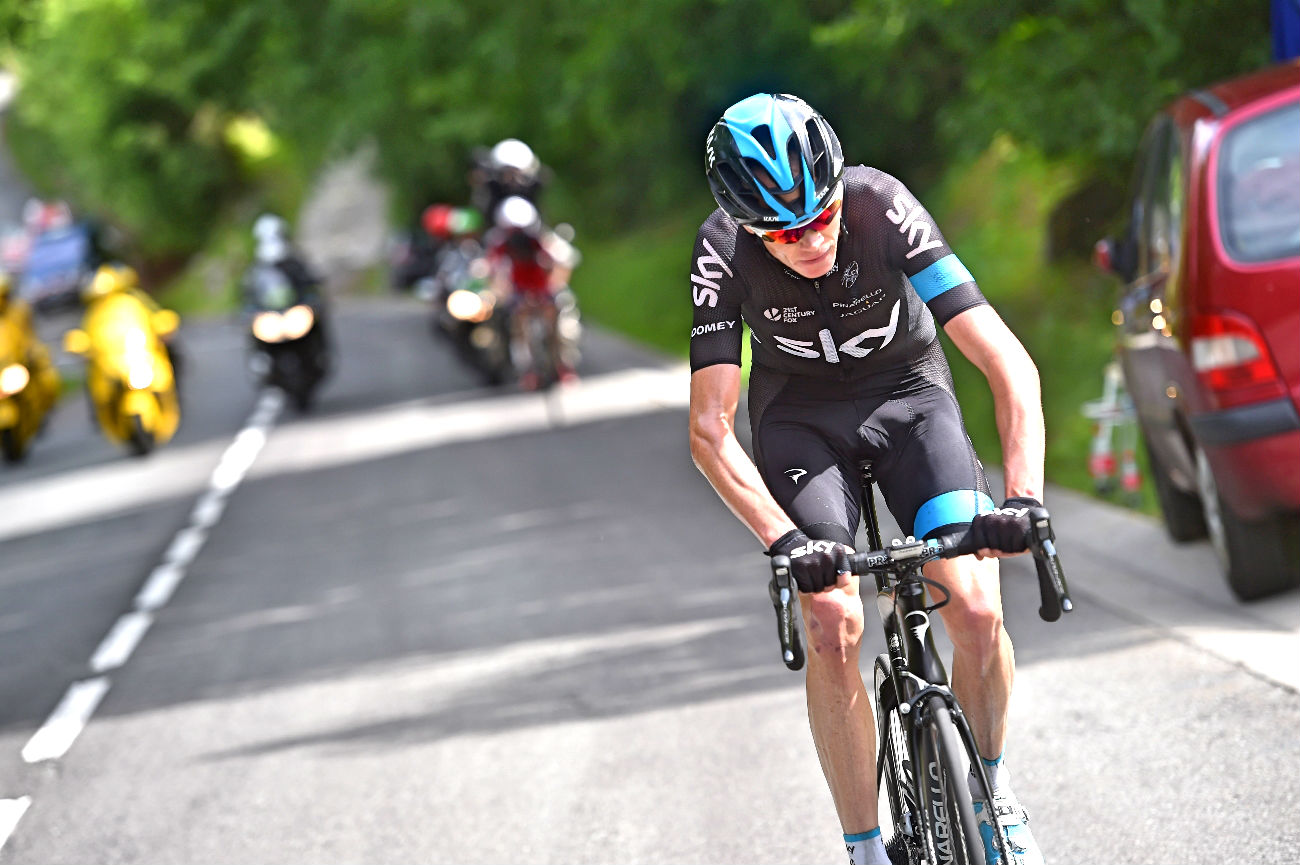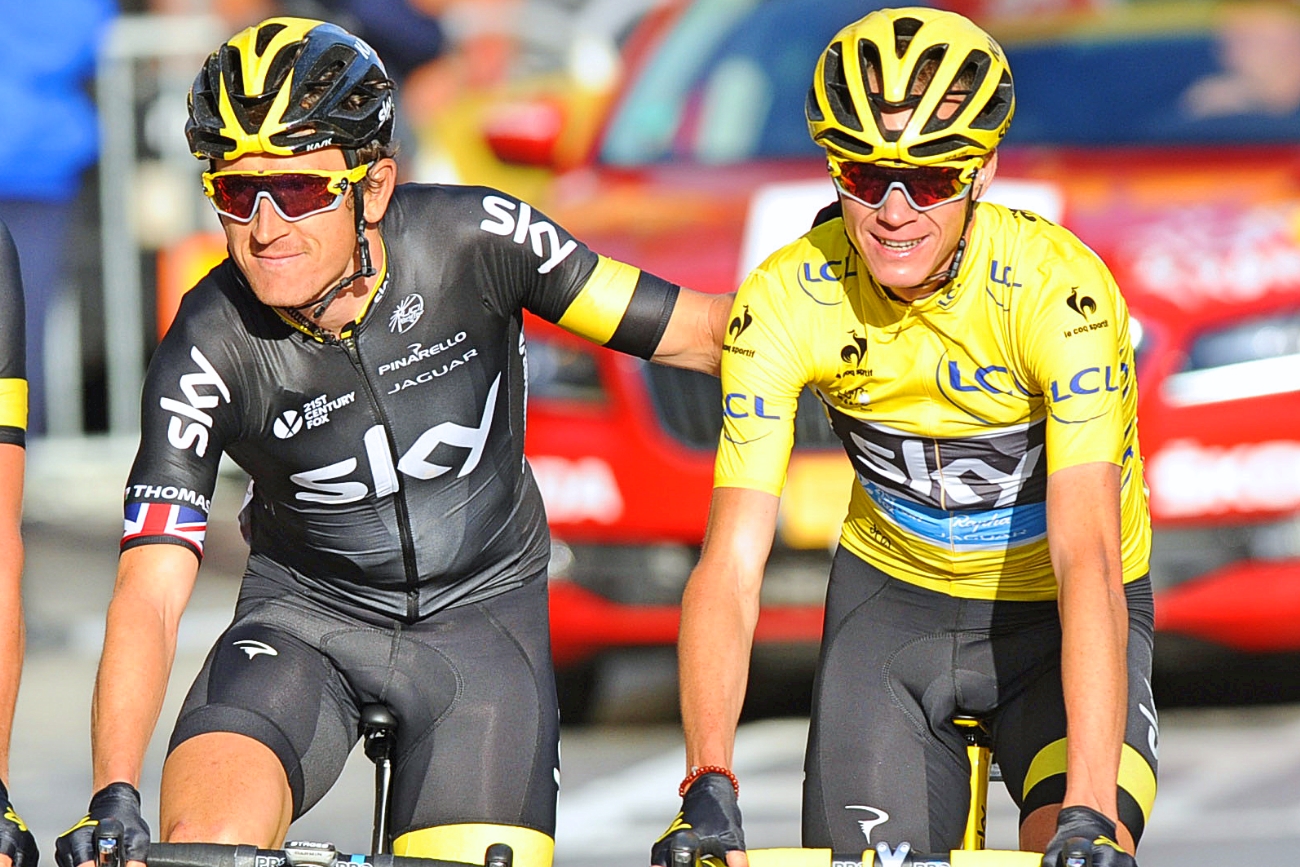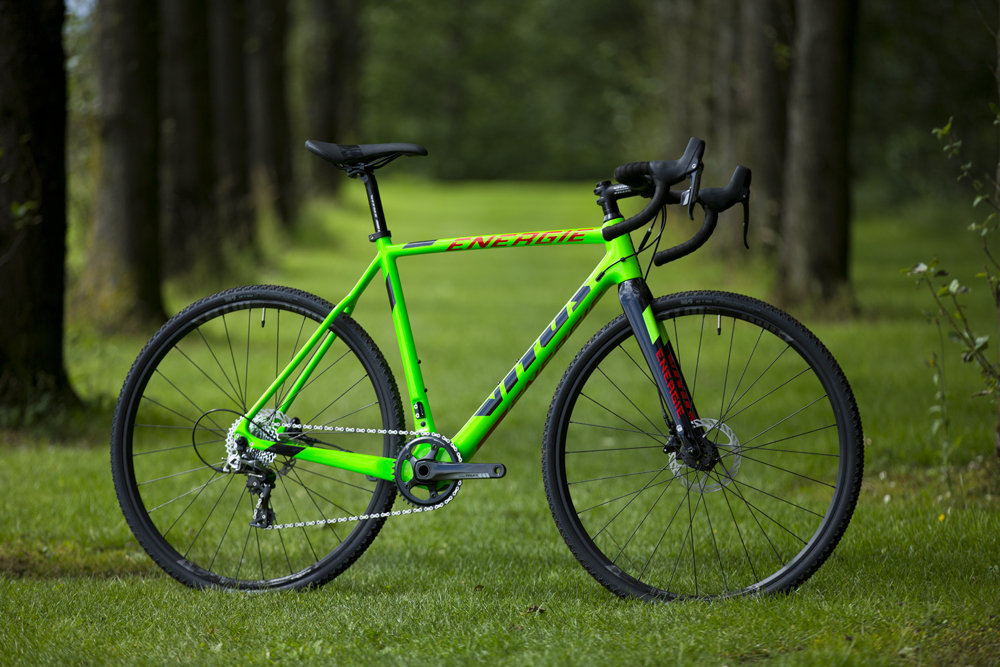Hint, tips and common mistakes
-

Road bike gears may seem complicated at first, but use them properly and you'll soon by riding much more efficiently
-

The latest road groupsets are now 11-speed, meaning the rear cassette has 11 sprockets
-

Experienced riders will change gear frequently to maintain a high cadence
-

Avoid 'cross-chaining', which means using a small/small or big/big combination, as this puts additional stress on components
Hint, tips and common mistakes
In theory you can use the entire range of gears on the cassette with either ring on the chainset, but best practice dictates otherwise.
In an ideal world you’ll use the larger sprockets of the cassette with the small chainring, when climbing for example, and then shift up to the big ring when working your way across the smaller sprockets at the back. The reasons for doing this are twofold: firstly, it avoids duplicating gear ratios and, more pertinently, it reduces lateral strain on the chain, which can cause premature wear. This is known as cross-chaining, as the chain is at an uncomfortable angle between the chainrings and cassette.
If you do try using a small/small or big/big chainring and sprocket combination you’ll be straining the chain and rear mech when you go big, and if you go small you’ll have to deal with the chain slapping on the stays and the possibility of it coming off the chainring and getting trapped behind the cranks. While those are the worst case scenarios you’ll also often have to deal with the noise of the chain rubbing on the front mech cage.
Even if you don’t cross-chain, you could still experience chain rub on the front mech, but there is a solution to this. Modern shifters allow you to trim the front mech. Basically, this means you can make small adjustments to the position of the mech, moving it just enough with a ‘mini shift’ to alleviate chain rub. If you’re running an electronic shift system, such as Shimano’s Di2, this won’t be a problem as the front mech automatically trims itself.

Something else to beware of is changing gear on a climb. Short steep rises in the road can sometimes be attacked without having to change gear, but if you see a big hill coming up, or a significant change in gradient, it’s best to be prepared and get into a low gear early. This means looking up the road and changing gear in advance. This applies on the flat, too. For instance, when coming to a stop, click down a couple of gears so you can move away easily again, rather than having to heave the bike back up to speed. You’ll move away quicker and your legs will thank you for it.
If you do need to change gear when climbing, ease off on the pedals to the point where you are almost freewheeling before you change gear. Changing gear while standing up out of the saddle and mashing the pedals will at best result in a terrible crunching noise and worst it could be a mangled gear mech or snapped chain. Derailleur gears work by forcing the chain to move across sprockets, so easing off the torque you’re applying through the pedals before you shift helps to relieve the stresses involved.
A couple of other things to avoid are back pedalling, as it’s easy to lose the chain off the cassette or chainrings, and nor should you try and change gears while stationary.
Like most things in cycling, finding what works for you takes a little time and practice, and every rider will have their own personal preference when it comes to gear selection and cadence – but get it right and you’ll soon be able to fully take advantage of the gears on your bike.





